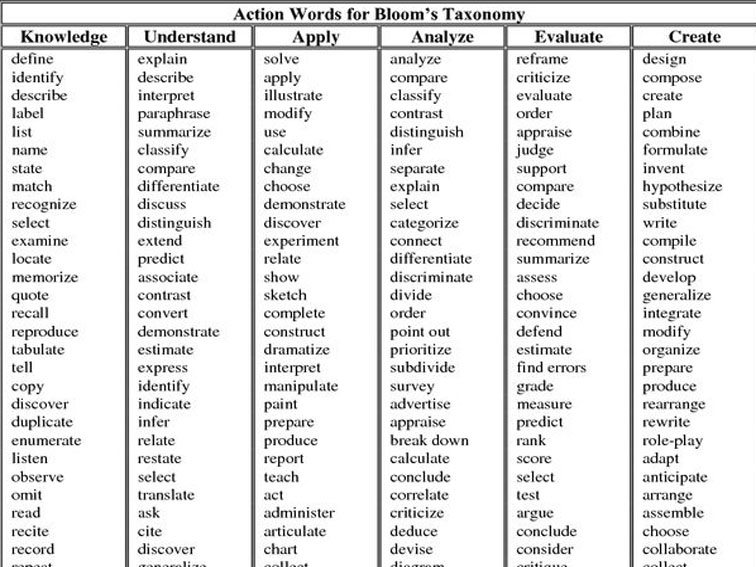As educators we need to determine how and when to ask certain questions. We can use lower level questions and the probing of higher level questions to determine our students' current knowledge of subjects. This gives us the baseline we need to work from.
We should always be looking to push our students to the next tier of Blooms Taxonomy. I think we should always be asking questions that are one level above their current understanding, and come back to lower level questions as needed. Coming back to lower level questions can help refresh students minds and they will gather the important takeaways. These questions are very important in the fact that it helps students summarize the content area.
The best teachers ask the hard questions. These are my favorite teachers from high school and college. They push you because they want you to be successful, although it may not seem like that at the time. Looking back, these are the educators I respect the most. They did not take the easy path of complacency. They pushed, prepared, and inspired their students to be the best they could be, while having a little fun along the way.
Good teachers ask questions, but great teachers ask the right questions.
References:
Cornell University Center for Teaching Excellence. (2015). Using Effective Questions. Retrieved
from http://www.cte.cornell.edu/teaching-ideas/engaging-students/using-effective- questions.html
Dyer, J.E. (n.d.) Effective Questioning Techniques. Retrieved from
https://edis.ifas.ufl.edu/pdffiles/WC/WC08400.pdf
National FFA LifeKnowledge. (n.d.) Coaching Session Quick Reference Guide. Retrieved from
https://www.ffa.org/myresourcedocuments/coachingguide/Basics_of_Coaching/coaching_Guide/Lesson02/pdf/Individual-Coaching-Session-Quick-Reference-Guide.pdf
Maiers, Angela. (2011) You Matter. Des Moines: Tedx.
Simonds, Kate. (2015) I'm 17. Boise: Tedx.
Von Jan, Katherine. (2011). Pursue Passion: Demand Google 20% Time at School. Retrieved from: http://www.huffingtonpost.com/katherine-von-jan/unstructured- classroom_b_1024404.html
Tae. (2012). Tweak Your Teach. Retrieved from: https://tweakyourslides.wordpress.com/2012/12/26/tweak-your-teach-dr-taes-building-a- new-culture-of-teaching-and-learning/




